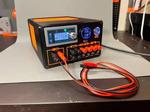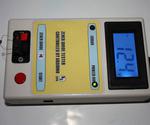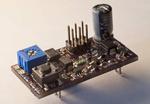Other

“Welcome to this comprehensive DIY guide where we transform a standard ATX power supply unit (PSU) into a versatile and customizable lab bench power supply. This project is perfect for electronics enthusiasts, hobbyists, and students who need a reliable and …

“Zener Diode Tester is controlled by Arduino Nano. Tester measure breakdown Zener voltage for diodes from 1.8V to 48V. Dissipation power of measured diodes could be from 250mW to a few Watts. Measuring is simple, just connect diode and …

“Prototyping is a dangerous job. Not for a person if you keep the voltage down but for the components. On breadboard misplaced chips, loose connection and other errors can blow the components. To save them a fuse is a good …

